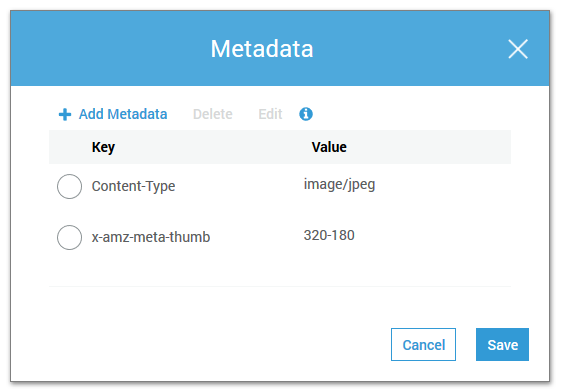I am trying to find out how to add in Metadata or headers (Expires, CacheControl etc.) to a file uploaded using the Laravel 5.0 Storage facade. I have use the page here as reference.
http://laravel.com/docs/5.0/filesystem
The following code works correctly:
Storage::disk('s3')->put('/test.txt', 'test');
After digging I also found that there is a 'visibility' parameter which sets the ACL to 'public-read' so the following also works correctly.
Storage::disk('s3')->put('/test.txt', 'test', 'public');
But I would like to be able to set some other values to the header of the file. I have tried the following:
Storage::disk('s3')->put('/index4.txt', 'test', 'public', array('Expires'=>'Expires, Fri, 30 Oct 1998 14:19:41 GMT'));
Which doesn't work, I have also tried:
Storage::disk('s3')->put('/index4.txt', 'test', array('ACL'=>'public-read'));
But that creates an error where the 'visibility' parameter can not be converted from a string to an array. I have checked the source of AwsS3Adapter and it seems there is code for options but I can not seem to see how to pass them correctly. I think it takes the following:
protected static $metaOptions = [
'CacheControl',
'Expires',
'StorageClass',
'ServerSideEncryption',
'Metadata',
'ACL',
'ContentType',
'ContentDisposition',
'ContentLanguage',
'ContentEncoding',
];
Any help on how to accomplish this would be appreciated.

